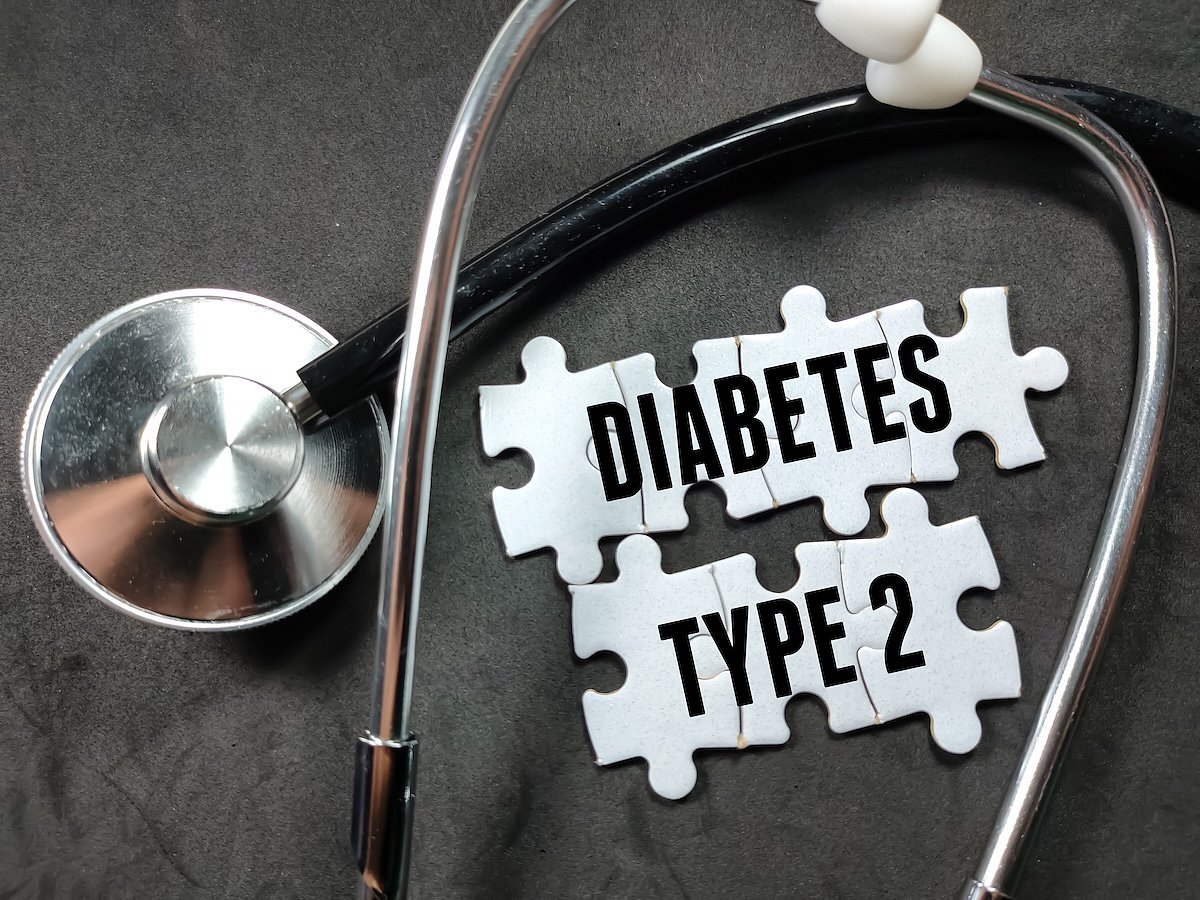Breath Test For Diabetes Under Development
WEDNESDAY, Aug. 27, 2025 — Detecting diabetes might soon be as easy as breathing into a device, a new study says.
An experimental breath test sorted out type 2 diabetes patients from healthy people, based on their exhalations, researchers report in the September issue of the Chemical Engineering Journal.
“This sensor only requires that you exhale into a bag, dip the sensor in and wait a few minutes for results,” senior researcher Huanyu “Larry” Cheng, an associate professor of engineering science and mechanics at Penn State, said in a news release.
If validated, this test could prove simpler than the complicated blood testing and lab work now required to diagnose diabetes, researchers said.
Of the 37 million adults with diabetes in the U.S., about 1 in 5 isn’t aware that they have the condition, researchers said in background notes.
The sensor detects acetone, a chemical byproduct of energy production in the human body.
Everyone’s breath contains acetone, but elevated acetone levels indicate that a person has diabetes, researchers said.
Researchers exposed the sensor to the breath of 51 people with type 2 diabetes and 20 healthy volunteers, all of whom exhaled into aluminum foil bags.
The sensor responded differently to people with type 2 diabetes, results showed.
Further, the sensor response tracked with the participants’ blood sugar levels. This shows that with work, the sensor might be powerful enough to help track blood sugar levels on a regular basis, rather than just as a simple test for diabetes, Cheng said.
“If we could better understand how acetone levels in the breath change with diet and exercise, in the same way we see fluctuations in glucose levels depending on when and what a person eats, it would be a very exciting opportunity to use this for health applications beyond diagnosing diabetes,” Cheng said.
Researchers next plan to improve the sensor so it can be used directly under a person’s nose or attached to the inside of a mask, to make it easier to use.
Sources
- Penn State, news release, Aug. 25, 2025
Disclaimer: Statistical data in medical articles provide general trends and do not pertain to individuals. Individual factors can vary greatly. Always seek personalized medical advice for individual healthcare decisions.
© 2025 HealthDay. All rights reserved.
Read this next
Sepsis Risk Doubled With Type 2 Diabetes
FRIDAY, Sept. 19, 2025 — Type 2 diabetes appears to double a person’s risk for life-threatening sepsis, a new study says. Men and people under 60 with diabetes are...
Three Health Conditions Raise Death Risk For Fatty Liver Disease
FRIDAY, Sept. 19, 2025 — People with fatty liver disease are more likely to die early if they have one of three additional health problems, a new study says. High blood...
Ozempic, Zepbound Offer Unexpected Benefits For Psoriasis Patients
THURSDAY, Sept. 18, 2025 — People with psoriasis might receive unexpected benefits from cutting-edge weight loss drugs like Ozempic and Zepbound, a new study...
More news resources
- FDA Medwatch Drug Alerts
- Daily MedNews
- News for Health Professionals
- New Drug Approvals
- New Drug Applications
- Drug Shortages
- Clinical Trial Results
- Generic Drug Approvals
Subscribe to our newsletter
Whatever your topic of interest, subscribe to our newsletters to get the best of Drugs.com in your inbox.


